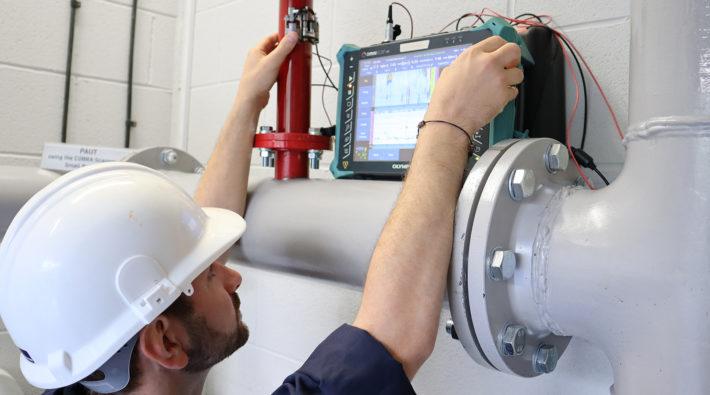Understanding how frequency affects inspection accuracy is crucial for Quality Assurance (QA) professionals across various industries. With the increasing demand for precision and reliability, the role of inspection frequency cannot be overlooked. Frequent inspections can lead to higher accuracy, but they also require more resources. Conversely, less frequent inspections may save time and costs but might result in overlooked defects.

The Importance of Inspection Frequency
Inspection frequency determines how often a product or process is checked for defects or deviations from quality standards. This is vital in maintaining product quality and safety, especially in industries like manufacturing, healthcare, and food production.
Balancing Cost and Accuracy
One of the biggest challenges faced by QA teams is balancing the costs associated with frequent inspections against the need for accuracy. Increased inspection frequency typically leads to higher costs but can significantly enhance accuracy and reliability.
Case Study: Manufacturing Industry
In the manufacturing industry, frequent inspections are often necessary to ensure that machinery functions optimally. For instance, the automated refrigerant level detection using AI can help maintain the machinerys efficiency and prevent costly breakdowns.
Factors Influencing Inspection Frequency
Industry Standards
Different industries have varying standards and regulations that influence how often inspections should occur. For example, the healthcare industry requires more frequent inspections due to the critical nature of the services provided.
Risk Assessment
The level of risk associated with a particular process or product also determines the required inspection frequency. High-risk industries, such as aviation or nuclear power, necessitate more frequent inspections to ensure safety.
Technological Advancements
With advancements in technology, such as AI and machine learning, the frequency and methods of inspections are rapidly evolving. These advancements can significantly improve inspection accuracy by providing real-time data and insights. For instance, HVAC energy usage patterns analyzed by AI offer valuable information for optimizing inspection schedules.
Consequences of Inadequate Inspection Frequency
Product Failures
Inadequate inspection frequency can lead to product failures, which can have severe consequences, especially in safety-critical industries. Regular inspections help identify potential issues before they escalate into major problems.
Compliance Issues
Non-compliance with inspection standards can result in legal penalties and damage to a companys reputation. Ensuring the appropriate inspection frequency helps avoid these issues and maintains a companys standing in the industry.
Optimizing Inspection Frequency
Data-Driven Decisions
Using data analytics can help determine the optimal inspection frequency by analyzing historical inspection data and identifying patterns or trends. This approach ensures that inspections are neither too frequent nor too sparse.
Leveraging Technology
Implementing technologies like AI can automate and optimize inspection processes, making it easier to maintain the right balance between frequency and accuracy. For example, real-time anomaly alerts in HVAC systems can help identify issues quickly and efficiently.
Conclusion
Understanding how frequency affects inspection accuracy is vital for ensuring quality and safety across various industries. By balancing cost, technology, and industry standards, QA professionals can optimize inspection processes and enhance overall product reliability.

FAQs
What is the ideal inspection frequency?
The ideal inspection frequency varies based on the industry, product, and associated risks. Its essential to assess these factors and use data-driven insights to determine the best frequency.
How can technology improve inspection accuracy?
Technology, such as AI and machine learning, can analyze large datasets to provide real-time insights, enabling more accurate and efficient inspections.
Why is inspection frequency important?
Inspection frequency is crucial for maintaining quality and safety standards, preventing product failures, and ensuring compliance with industry regulations.
This article contains affiliate links. We may earn a commission at no extra cost to you.
